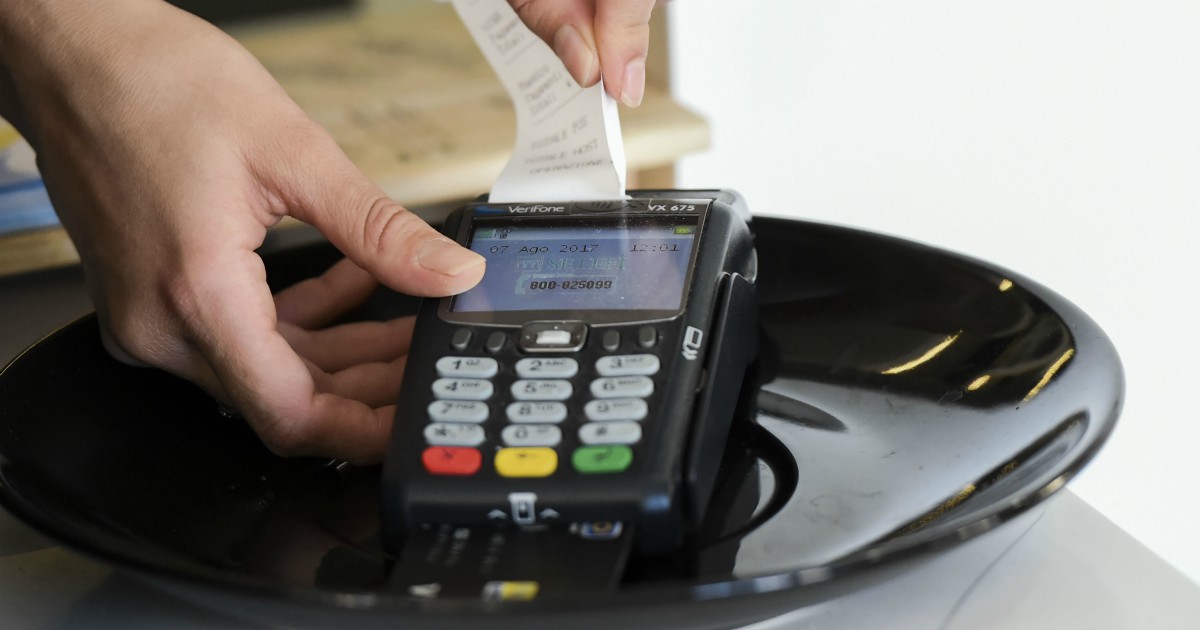Waiting for the government Draghi explain if from January 2022 you intend to restart the cashback – suspended in July – for those who pay with traceable instruments, from Politecnico di Milano the first data on the impact of the measure arrive. Which are very positive: in the first six months of 2021 digital transactions are increased by 41% going from 2.3 billion in the same period of 2020 (a figure similar to that of 2019) to 3.2 billion. And the transacted figures went up 23%, from 118 to 145.6 billion, more than offsetting the drop recorded in the months of the toughest anti Covid restrictions. The wish of Valeria Portal, director ofOsservatorio Innovative Payments of the Politecnico, is that “the incentive plan can be resumed, in order to involve a greater number of citizens and keep the initiative active for longer, making digital payment the new normal“. Wednesday the Minister of Economy Daniele Franco recognized that the instrument wanted by the government Conte “It was very important to recover and move towards electronic payments, that facilitate the containment of evasion“, But he seemed skeptical about the possibility of reintroducing it, reiterating the need for acost-benefit analysis – which evidently the Treasury has not yet done.
The numbers lined up by the Politecnico in the report Digital payments in Italy in the first six months of 2021 they certainly help to make an initial evaluation. Just under 9 million citizens, about 18% of the adult population, and over 6.1 million have reached the threshold of 50 transactions for a maximum reimbursement of 150 euros. The participants totaled “over 750 million operations carried out, equal to over 24% of card transactions in the semester – explained Portal presenting the data -. This means that users who have signed up have used the card more frequently than average and for small amounts“. In fact, the average receipt fell by over 11% in one year, with a net decrease of about 6 euros (from 51.7 to 45.7 euros). “For the state coffers, the initiative had a cost below one billion euros: however, it remains to be seen whether it allowed black to emerge and whether it actually changed the habits of Italians ”.
“Looking at these semi-annual numbers, we can assume that the incentives promoted by the government (the Cashback, the Super Cashback and the Receipt Lottery) have had a positive effect on digital payments, also stimulating consumption “, concluded Portale. There was therefore also that impact on consumption that the premier Mario Draghi in June he had assumed he would not have heard in that – he said without providing supporting data – “cashback risks accentuating the inequality among the income, favoring the richer families, with a propensity to consume presumably lower, resulting in a multiplicative effect on pil not sufficiently significant in relation to the cost of the measure “.
For the scientific director of the Digital Innovation Observatories of the Politecnico di Milano, Alessandro Perego, “Although cash is still the most widely used means of payment, the increase in digital transactions is undoubtedly a positive sign, especially in the face of the health emergency”. In parallel, “I am also withdrawals decreased of cash. This is because cashback and super cashback “have pushed many citizens to do transactions even for small amounts with the card“, precisely. As for card payments, the prepaid they have the strongest growth, from 21.2 to 28 billion euros in 12 months (+ 32%), influenced by online and by the provision of citizenship income. The number of transactions reaches 760 million with the average receipt confirming the lowest in the category. The debit cards they grew by almost 19 billion euros, thanks to the recovery in consumption and cashback, with a transaction of 82.6 billion (+ 29%). The credit cards on the other hand, the decline in high-value consumption continues to suffer tourist trips and especially, business. It is the latter, in fact, the category of the sector to grow by only 6%, still a lot far from recovering the pre-pandemic transaction rate which exceeded 40 billion euros. However, the average receipt is confirmed as the highest (59 euros) despite a drop of -7.9%.
Ivano Asaro, co-director of the Observatory, predicts that “at the end of the year we will exceed the quota 300 billion euros of digital payments: after a 2020 with almost zero growth, this is a greater increase (between +12.5 and + 16%) even compared to the pre-pandemic one. Mobile payments will also continue their run and will grow by more than 80% compared to 2020 ″. In a period in which “i consumption they are subject to strong quotas ”, these numbers“ tell us of a sharp increase in the penetration of digital payments towards cash. An even more evident trend if we think that transactions will grow more than proportionally after + 41% in the first half ”.
Now the numbers will become the basis for the political discussion on the possible reintroduction of the measure. Times are tight given that the decision will come in the budget law. Vita Martinciglio and Giovanni Currò, respectively, group leader and M5S vice-president of the Finance Committee in the House, in a note underline that “the Cashback, before being suspended by the current government, has made a significant contribution to the growth of electronic payments and the digitization of the Public Administration, as demonstrated by all those Municipalities which, taking advantage of the success of the measure, have already begun to upload their services to the ‘Me’ app to allow citizens to make online payments. If it is true, as Minister Daniele Franco says, that the measure cannot last indefinitely, it is also true that to consolidate new payment habits and to encourage those who have not yet done so to subscribe to the app, it takes time. , and therefore there is a need for a stable incentive over the medium term. But if the problem is the measure itself, or who conceived it, we are open to consider other solutions as well, as long as an incentive for electronic payments is reintroduced as soon as possible. The imperative is to resume the direction taken by the Conte II government, also considering that the digitalization of the economy is one of the great objectives of the PNRR ”.
–


